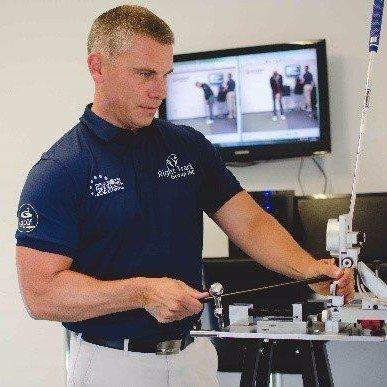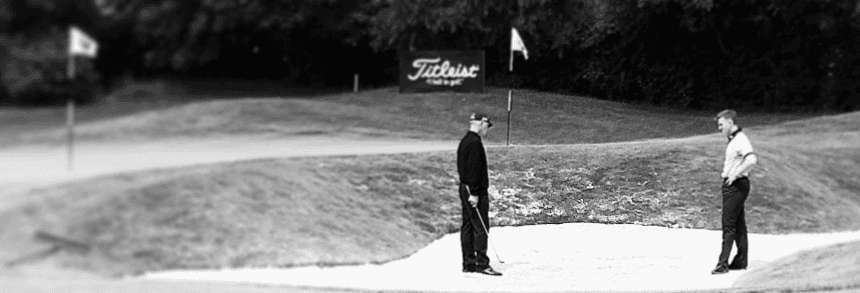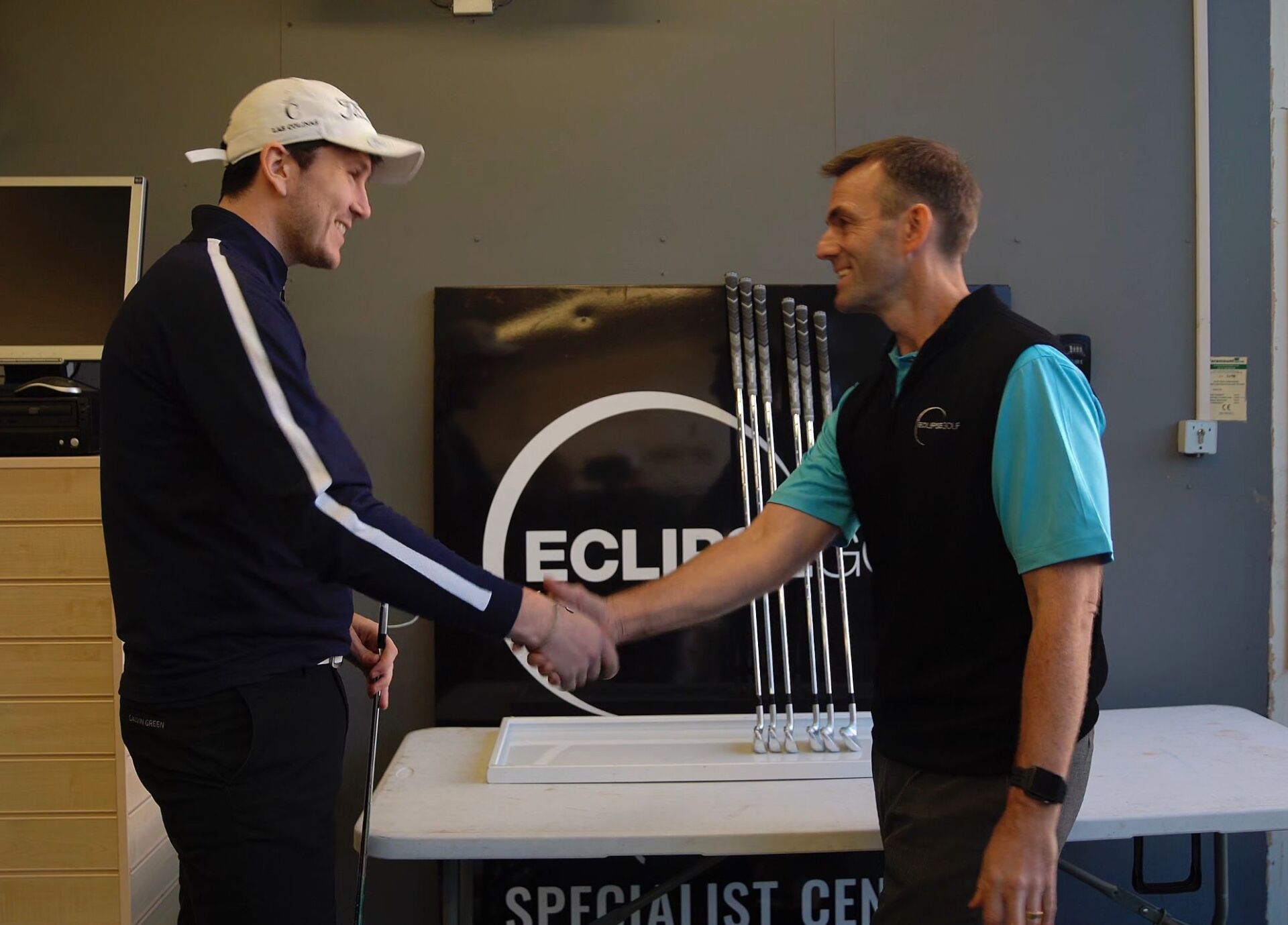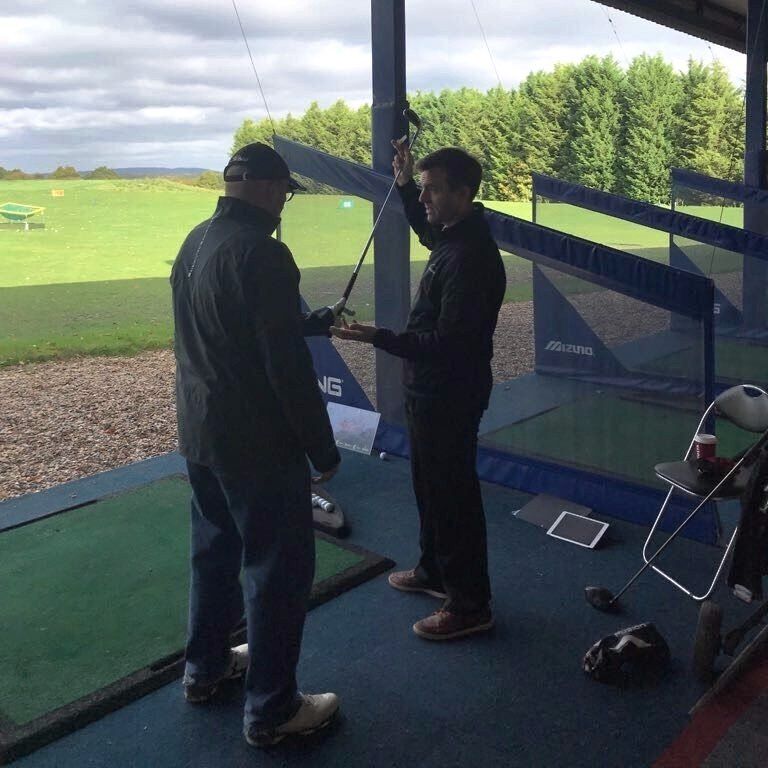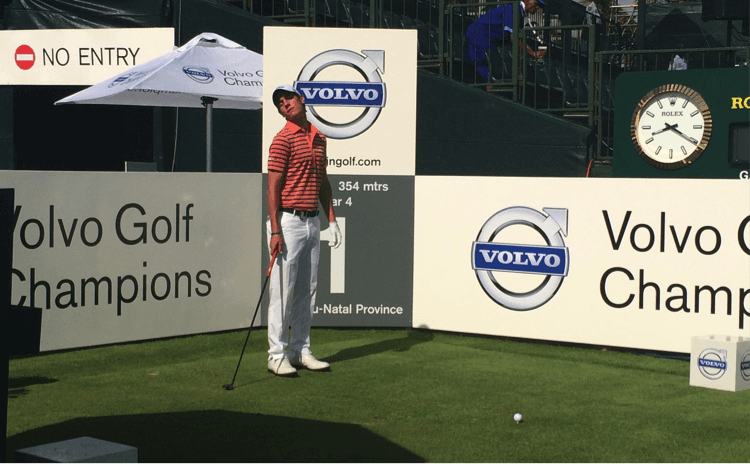What Really Makes a Good Fitter?
What Really Makes a Good Fitter? (and how can you find them)
By Rhys Atkinson (PGA)
Founder of Eclipse Golf and ‘Performance Fitting’
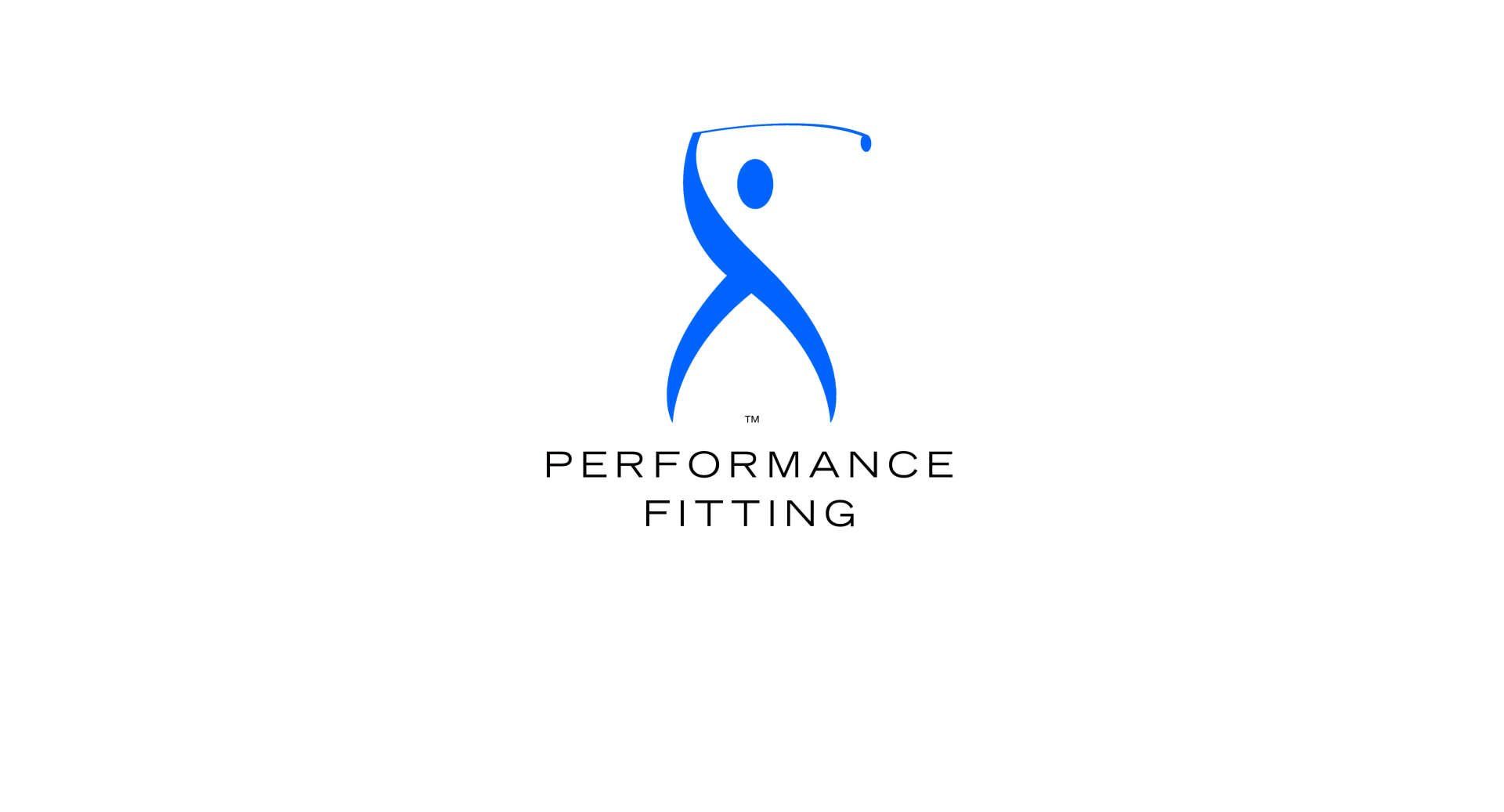
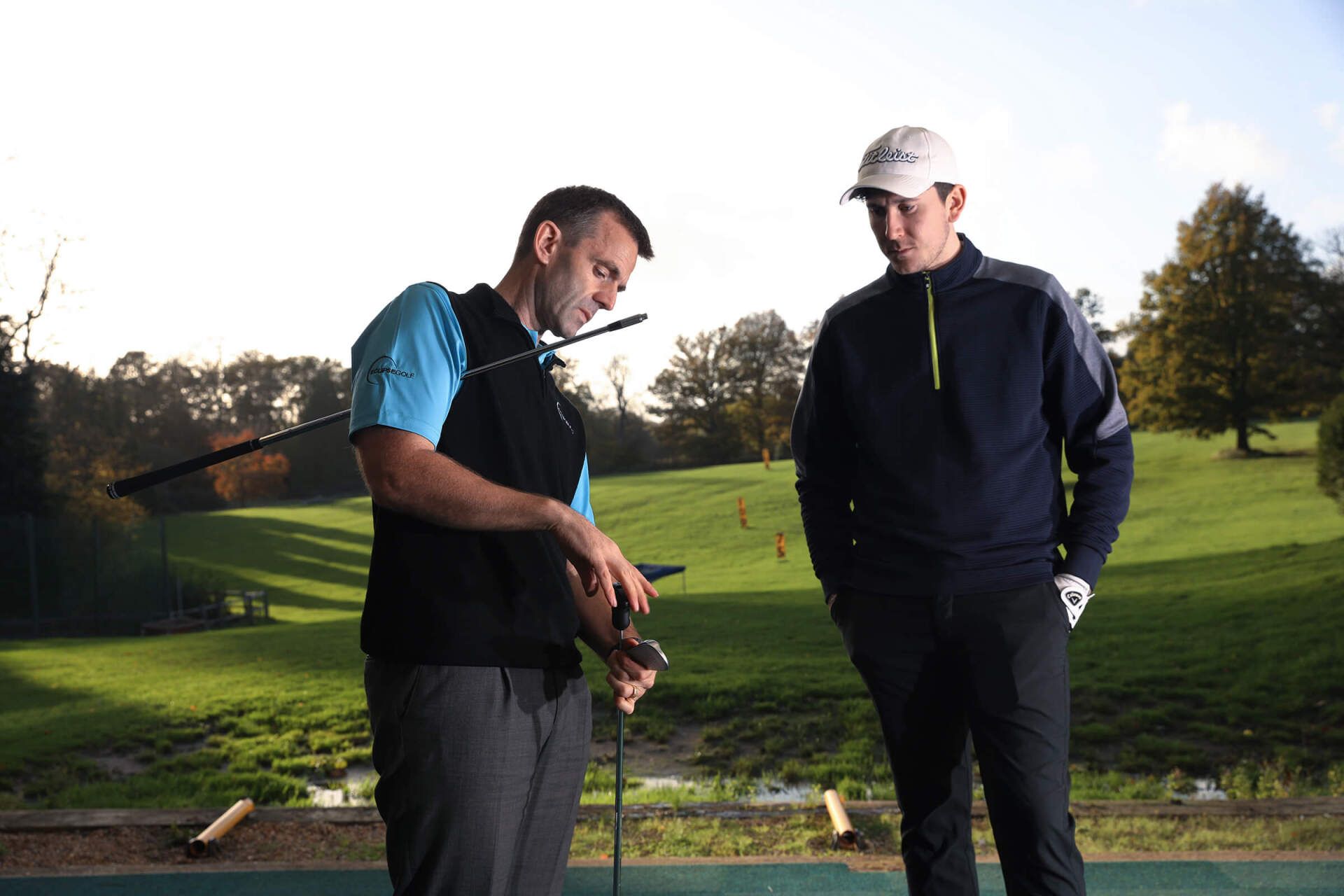
The ‘Custom Fitting’ service for golf equipment has been around a long time now and has evolved considerably over the last 20 years. There have been incredible developments in measuring technology, such as launch monitors and in the interchangeability of golf clubs in testing sessions.
But, having trained Golf Pro’s, Golf Retail facilities and Custom Fit Staff in ‘Equipment Technology and Fitting Skills’ across Europe, Middle East and Africa, I can tell you that not all custom fit sessions are created equal.
I see a lot of conversation in Social Media threads talking about both really good and really poor fitting experiences.
There are a few well known golf retail stores in both the UK and the US that often take a bit of a beating in these forums and then I see other facility and individual names in the same threads, usually more bespoke/specialist fitters t hat are often spoken about in glowing terms.
Most of the negative comments from golfers are based around ‘being sold to’, or ‘only having a few hits before being told what they should buy’, or ‘being pushed towards a certain brand’. The general feeling is that they, the golfer is being sold what is in stock, what is on the retailers e-bay site, or the products that have higher sale margins.
On the other hand, the positive comments always talk about the ‘experience’ they had and how their fitter really knew their stuff.
“The most thorough and detailed club fitting I have experienced, thank you” – Pat Johns – 12 hcp
There are many things that go into making someone a really good fitter and someone who can genuinely help you play better by fitting you with equipment that perfectly matches not just your game but your goals, your personality, your strengths and weaknesses.
The single most important element of that, in my opinion, is very simple. I would say that 98% of facilities have this the wrong way round if they want to get the best results for their clients.
What I’m talking about is the ‘approach’ and there are two distinct types:
1 - Retail Fittings
2 - Performance Fittings
The first and most common place approach is ‘Retail Fittings’ where the ‘custom fit’ service is used as a ‘sales closing’ tool. It is why many fittings leave the customer feeling like they have been sold to – because they have.
Success in these ‘Retail fittings’ is usually measured in terms of club sales, margins and commissions. This is completely understandable; they are businesses after all, and product sales are their main income stream. This ‘retail’ approach has been heavily driven by the brands who obviously want to grow their share of the pie at each venue and so incentivise facilities and individuals to sell their clubs over their competitors.
But as a golfer looking for the best clubs for your game, is that the approach you want to have applied to you when making such a significant purchase?
The second type of approach and a definite minority is when the fitter is focussed entirely on ‘performance’ rather than a sale. When I say ‘performance’ I mean the results you, the golfer, will see on the course after the session and over the lifecycle of the clubs. Not just in the session itself.
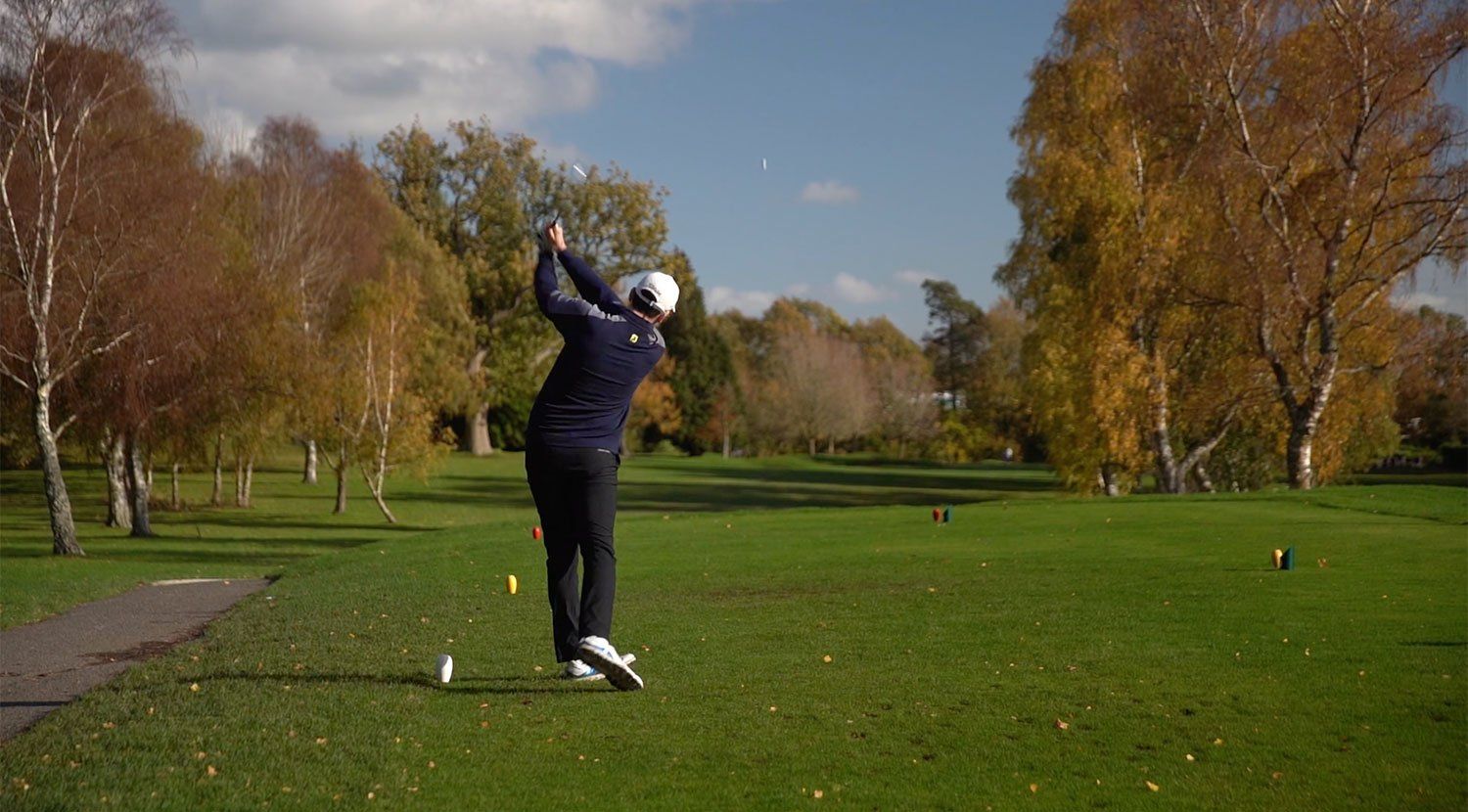
Depending on which approach your fitter takes will have a big impact on how well the resulting clubs you are recommended match you and will work for you both now and in the future.
There is a difference between ‘better’ and ‘best’ in terms of a clubs that are matched to your game.
For a fitting to give you the best results, first and foremost, the approach has to be a focus on ‘performance’ rather than ‘sales’.
The problem though, is that it’s not actually that easy for a golfer to know up-front which ‘approach’ an individual or a facility has.
So, what else makes a great fitter worth your while going to see and how can you find them?
Here are some other elements that go into making a great fitter along with the ‘performance’ focussed approach mentioned above.
Experience – the number of years fitting, number and standard of players fitted adds better understanding of the factors that will actually help the fitter put clubs together that will really make a difference for the player in front of them.
Experience comes with time of course and every fitter has to start somewhere but new fitters can also be effective if they are trained and supported in the correct way using the ‘performance’ approach.
Knowledge – This is critical for performance.
Understanding club design and the many features that should be considered when working with a player is a requirement that has to be constantly refreshed as new clubs, shafts and grips come onto the market every year.
That knowledge isn’t just learned at the start of when new clubs are launched – it’s built upon in every fitting.
The marketing by the brands can convince golfers that technology is the most important factor in selecting clubs, but the truth is that it is just one of many factors. An effective fitter will be considering over 35 different elements of club design in every fitting when tuning a spec to your requirements.
Retail fitting sessions are simply too short to cater for this and typically cover around 5 elements which is enough to show better results and convince a golfer that the clubs are the best fit. You can also see why the retail fitting approach also sacrifices the knowledge base. The ‘use it or lose it’ analogy is apt here and retail fittings rarely look deeper than is required to make the sale.
Build Awareness – The most effective fitters can assemble clubs from scratch to a very high standard and tolerance. They will understand the implications of every component they recommend on the final spec including how it looks, feels, balances and of course performs.
At the very least an effective fitter will be what I call ‘build aware’ which means they understand in depth how the final club will feel and play for the player.
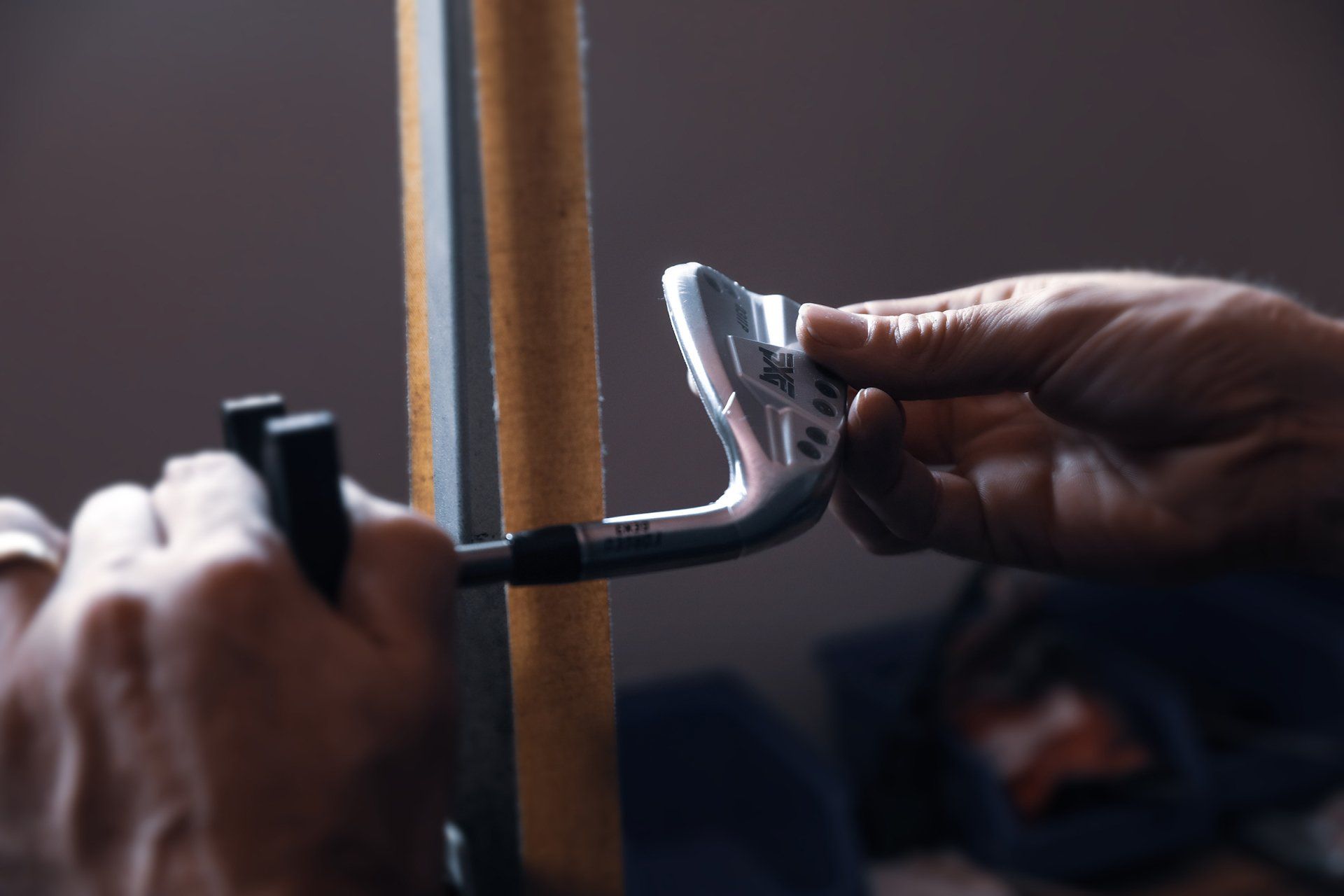
The other element of ‘Build Awareness’ is that if a fitter isn’t building the clubs themselves then they need to understand how the brand they are ordering from build their clubs and how the final spec will actually turn out because it may be very different from the test club they were trying.
Teaching Expertise - Understanding where to draw the line between equipment and technique is one of the key elements of getting the best results.
Effective fitters are usually trained coaches like in the PGA. This qualification on its own doesn’t make a good fitter as PGA Pros specialise in many aspects of golf, but the teaching element is usually present in the best fitting experiences because they understand when the result of a shot is due to the club set up or the players swing.
Great long term fitting results look beyond the session itself and the understanding of swing and where a player is going is one of those areas that will give you better results
Equipment used - I’ve broken this part into two elements.
1 – Equipment used to measure
2 – The Test clubs
The first part of this is to do with the equipment the fitter is using to measure.
The fitters who get the best results will be checking and measuring clubs throughout the session. The principle is simply that to make good, well founded decisions that will give a golfer better results you have to have full understanding of every club you put in the players hands.
Every grip, shaft and head play an impact on your experience and unless the fitter knows 100% what is different, they are not making informed decisions – they are guessing.
The minimum equipment that should be used in every session includes, scales, club building ruler, swing weight machine and an accurate loft & lie gauge.
Most fitters will also use a launch monitor. The names of TrackMan, GC Quad and FlightScope are now well known within the industry and the best of these are devices that give incredible data on your swing technique, club dynamics, impact and ball flight.
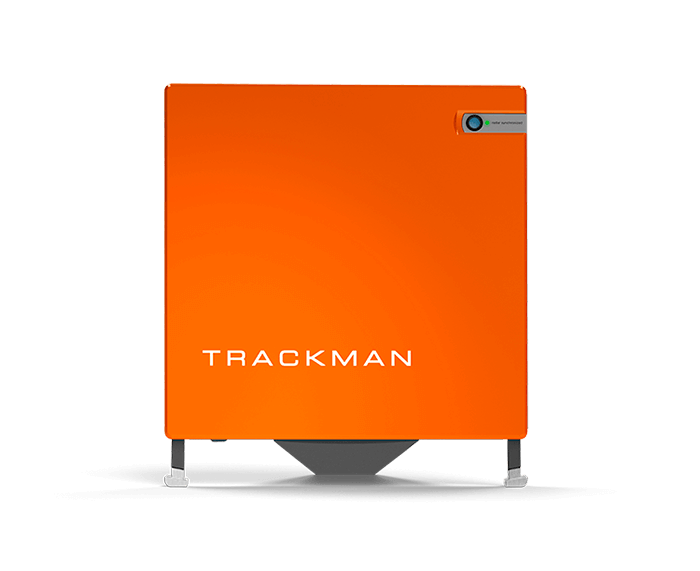
However, be very clear that the data can be used and interpreted in many ways. The launch monitor itself does not tell the fitter what club should be recommended – it presents data that has to be interpreted by the fitter and that interpretation is heavily weighted by your fitter’s approach.
The most effective fitters use the launch monitor data to explore, research and understand the effects of changes made and that data provides support to the advice given to you.
It is about results on the course that will last, and both cater for you now and allow you to improve without restrictions.
When a facility or fitter takes the retail fitting approach, they typically do not have enough time to go beyond the basic 5 elements required to close a sale and in doing so they miss the opportunity to learn more and find even better results for you.
The second part of this ‘Equipment Used’ section is to do with the actual test clubs themselves which, as in all industries, are subject to the production tolerances.
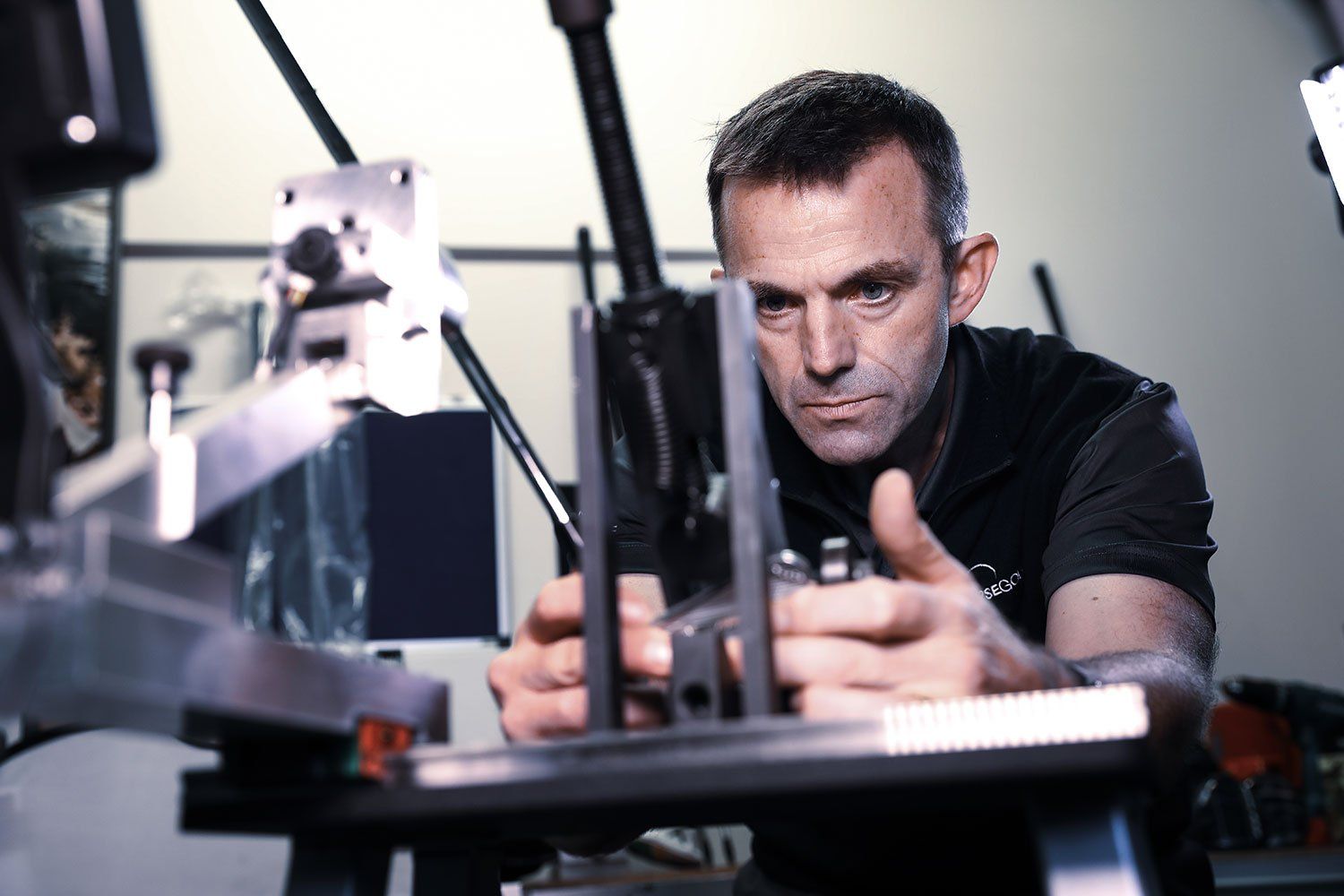
The fitter who is driven by the performance approach will take the time to measure their test clubs – the principle of knowing exactly what is in their client’s hands at any one time being critical to the outcome.
Now, given that the number of clubs in a testing kit can reach hundreds of components this is a serious commitment. Having been in the industry a long time and been both sides of the fence I know how worthwhile this exercise is in terms of a fitter’s knowledge and ability to get the ‘best’ results.
Passion, Desire and Trust
Having read through the above you may start to appreciate the effort that is required to go into the ‘Performance’ Fitting approach and why it is not commonplace for facilities to employ it.
It requires ‘passion’ for the subject, ‘desire’ to get the best results possible and build trust for every golfer they work with.
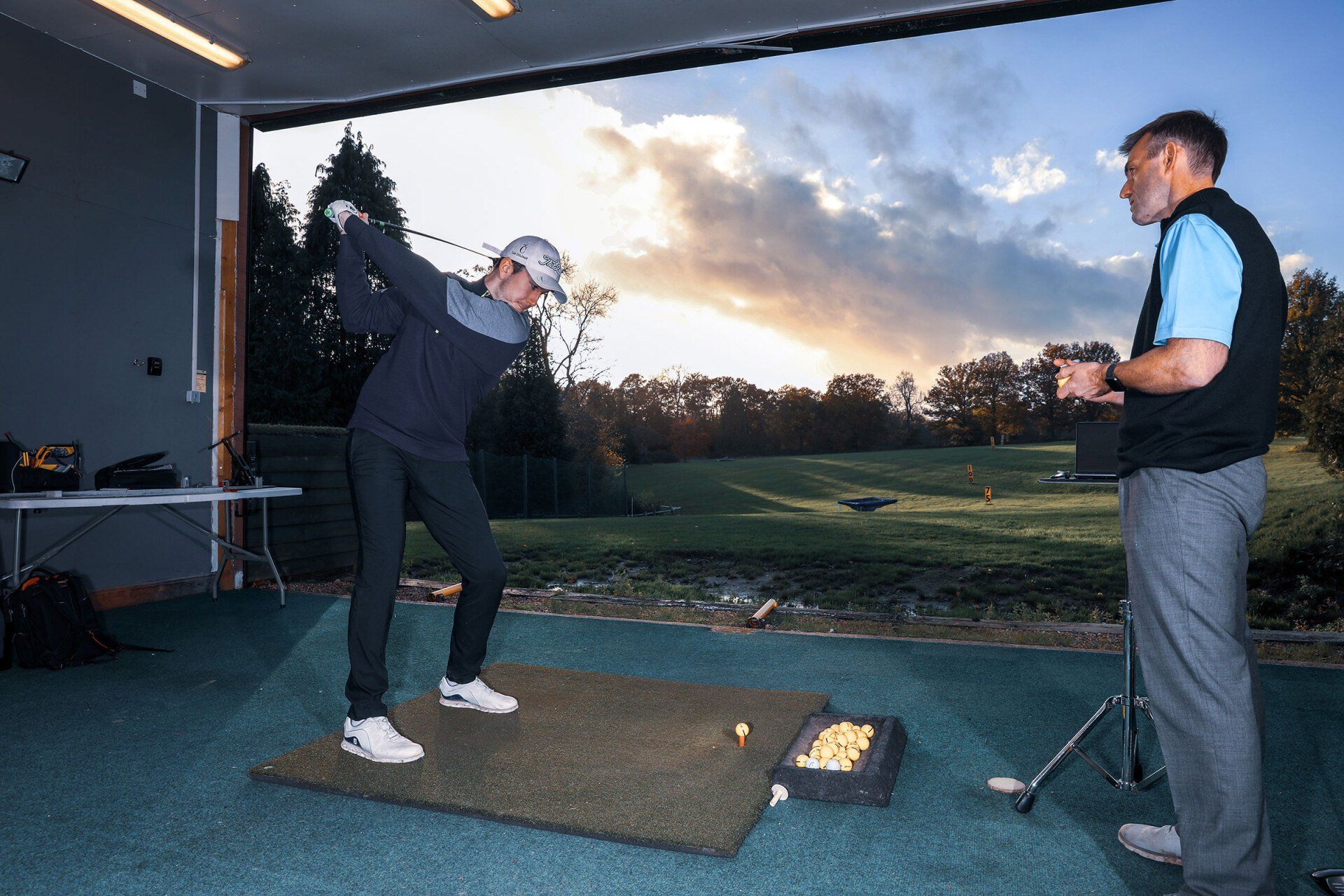
I actually know that many facilities have these qualities but the way the equipment industry has developed has meant that ‘custom fit’ has largely become a satellite sales closing service and has distanced itself away from being included in the performance improvement services along with technique, mental approach, strategy, physical development and nutrition.
We train facilities and individual fitters in the ‘Performance Fitting’ approach and plan to recognise the ones who adopt the approach and fulfil the criteria with the Performance Fitting logo to help you identify fitters who are performance focussed.
In the meantime, if you are a golfer in the South East and would like to get our help with your equipment please visit us at
www.eclipse-golf.co.ukor email us at enquiries@eclipse-golf.co.uk
Watch the full Performance Video (10mins 25 seconds) - https://vimeo.com/504290895
If you are a golf facility or Pro that offers custom fit and would like training or consultancy for any of your team in the ‘Performance Fitting’ approach, please click the link below and complete the enquiries form:
Or visit us at www.eclipsegolfltd.com
